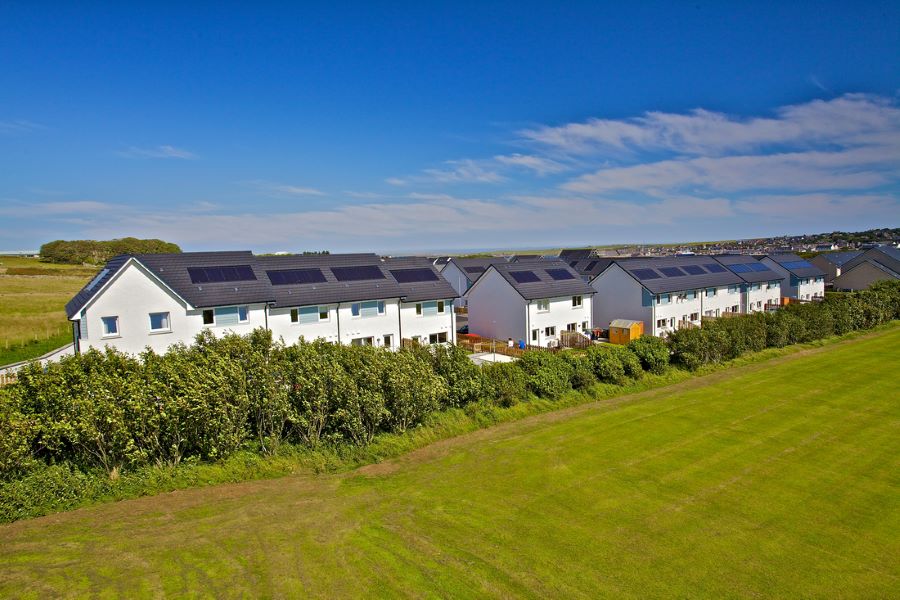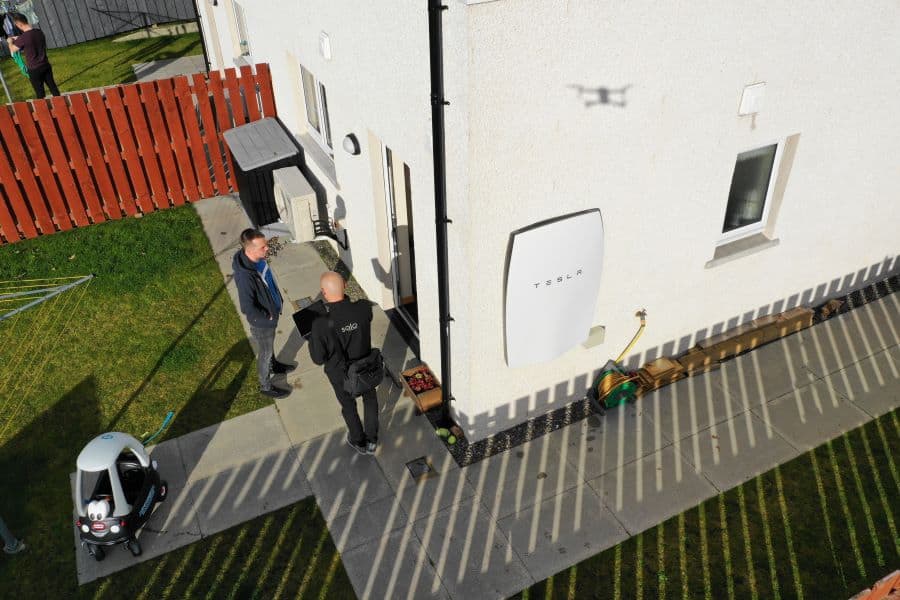
Known as ReFLEX (Responsive Flexibility) Orkney, the venture will be led by the European Marine Energy Centre (EMEC) alongside a consortium of partners. Using a combination of batteries, new electric vehicles, vehicle-to-grid (V2G) charging, flexible heating and an industrial hydrogen cell, the project will seek to optimise the storage and distribution of the archipelago’s considerable renewable energy resources. This will be done via what’s claimed to be a first-of-its-kind virtual energy system (VES) that allows heat, transport and electricity to be managed holistically.
“This new model will demonstrate how we can better interact with, own and manage our integrated energy systems locally, both at individual and community level,” said Neil Kermode, managing director at EMEC. “50 per cent of the project is being funded privately indicating the appetite that exists within the partners to make this project work. Orkney has already demonstrated high commitment for local sustainable energy solutions and the county is well on its way to decarbonising each aspect of the energy system.
“The target for Orkney is to have a negative carbon footprint and this pioneering project will build upon the existing local energy system, local infrastructure and local expertise, to accelerate this transition to a fully sustainable and flexible energy system.”
Partners working alongside EMEC include Solo Energy, Aquatera, Community Energy Scotland, Heriot-Watt University and Orkney Islands Council. A key component of ReFLEX will be Solo’s FlexiGrid software platform, which will monitor and control the flexible technologies to charge during periods of peak local renewable generation, and release stored energy during times of peak demand. EMEC says that the technology - such as Tesla’s Powerwall, new EVs and V2G kits - will be made available under leasing agreements to encourage take-up and enhance the performance of the VES. If the project proves successful, it is expected that the model could be rolled out on a much wider scale in schemes across the UK and internationally.

“What we are seeing here on Orkney is a test bed for the energy system of the future,” said Energy Minister, Claire Perry.
“What we learn from these innovations could one day be rolled out across the UK and exported around the world and we’ll be able to say it was ‘Made in Orkney’.”





Glasgow trial explores AR cues for autonomous road safety
They've ploughed into a few vulnerable road users in the past. Making that less likely will make it spectacularly easy to stop the traffic for...